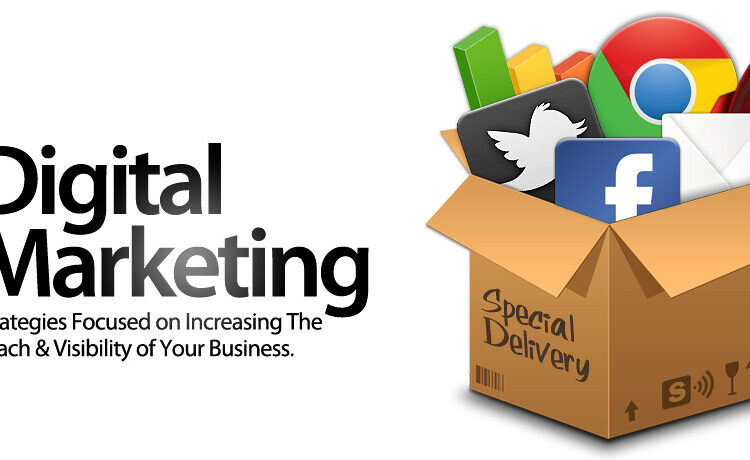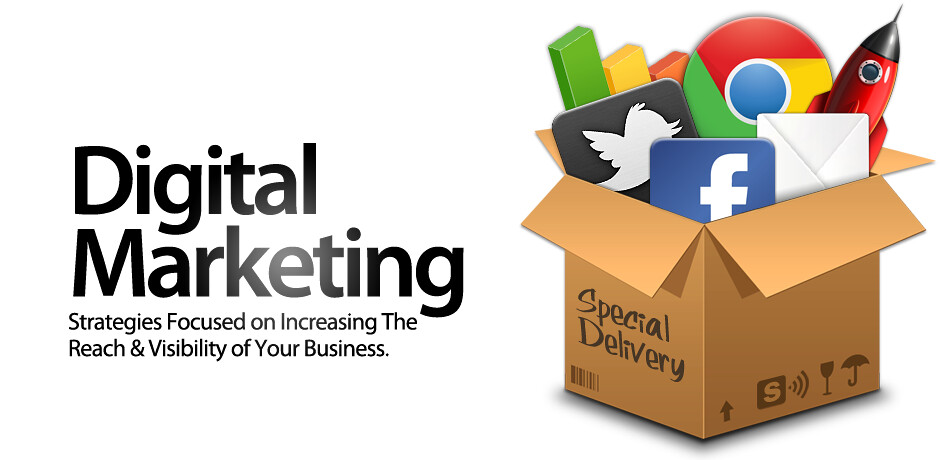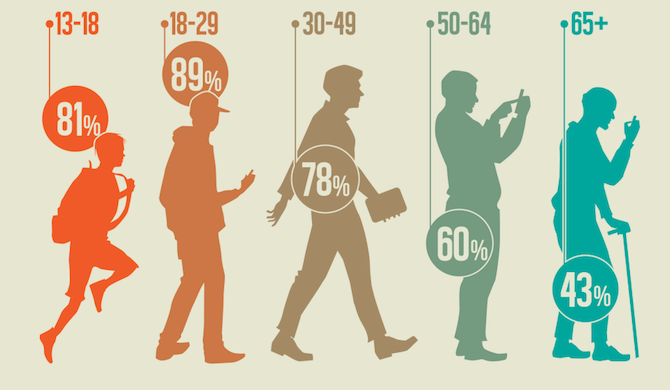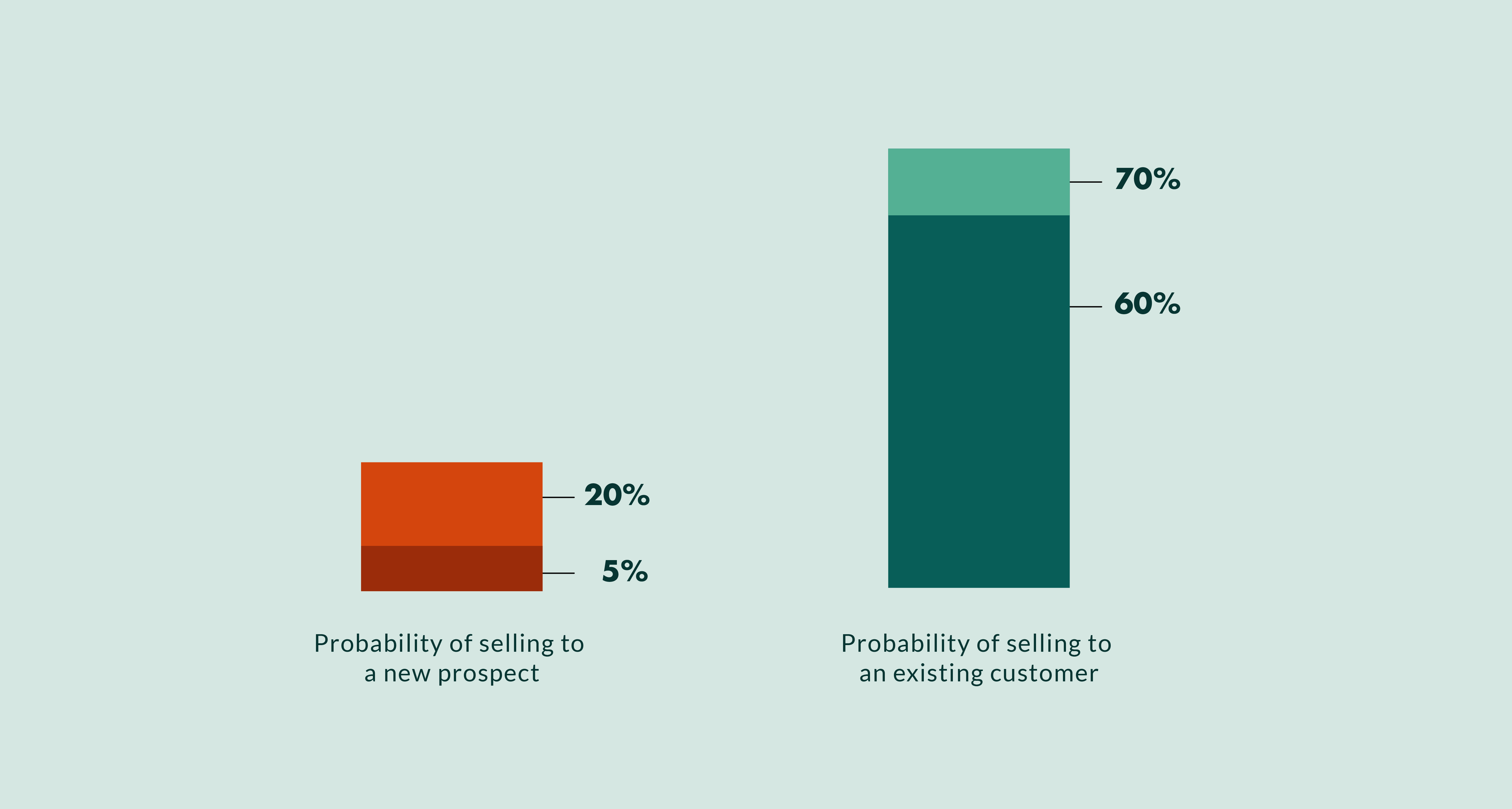
How is COVID-19 Reshaping the Digital Marketing Landscape?
 Digital marketing was already under transformation, and the coronavirus pandemic has sped it up. With the world moving towards digitalization, drastically changing consumer behaviour, and growing competition, the digital marketing landscape is rapidly reshaping.
Digital marketing was already under transformation, and the coronavirus pandemic has sped it up. With the world moving towards digitalization, drastically changing consumer behaviour, and growing competition, the digital marketing landscape is rapidly reshaping.
So, it’s time to rethink your marketing strategy based on how COVID-19 is changing the industry. Here’re the major digital marketing trends fueled by the pandemic:
Changing Consumer Behaviour
The new consumer behaviour spans all aspects of life, from how we shop to how we entertain ourselves to how we work. This rapid shift is reshaping consumer decisions and shopping journeys, and companies, consumer goods brands, need to adapt fast.
How do consumers get information?
- Drastic shift to digital
- Temporary comeback to TV
- Reduced in-person engagement
Where do people buy from?
- Increased eCommerce sales
- Decreased on-the-go consumption
What do people buy?
- Growth in health and hygiene sales
- Turning to A-brands for trust
- Reduced shopping frequency
What should digital marketers do?
- Consumers have changed how and where they engage, and your digital marketing spending should reflect this.
- Stay active across various touchpoints, including e-retailers, multibrand stores, and own stores.
- Allocate resources according to the shifts. For instance, grow digital engagement and spend less on out-of-home advertising.
- Align your marketing plan with loyalty shifts: establish the first-class customer-relationship-management system and offer incentives for first-time buyers.
Customer Experience is the New Normal
Since the start of COVID-19, customers have heavily relied upon online brands. With so many people buying online, the competition among brands is high, and one ingredient to stand out is – provide an exceptional customer experience.
Consumers today want a highly personalized experience when they communicate with a business. An Epsilon report revealed that 80% of consumers are more likely to buy from a brand that offers a personalized experience.
Thus, the experience should be at the core of your marketing strategy. Although both customers and brands have been impacted, customers still expect brands to be empathetic to their desires and needs.
So, collect as much data as possible and create customer personas based on factors like age, gender, location, interests, and pain point. Map out personalized content to the specific needs and interests of each persona.
Need to Focus on Existing Customers
Pandemic, like any crisis or recession, has made customer retention more important than ever before. So, businesses should double down their marketing efforts to deliver great experiences. It can help maintain revenue streams and inspire satisfied consumers to attract new ones.
A Marketing Metrics report suggests that the probability of selling to an existing customer is about 70%, while the chances of selling to a new customer are 5-20%.
In addition to offering authentic and personalized experiences, build a strong consumer engagement plan. Some proven strategies to retain existing customers are:
- Loyalty Program: Reward your customers for coming back and shopping with you. As they opt into the program, hook them up with offers and a sneak peek at new products.
- Resolve Complaints ASAP: Take care of each and every complaint and satisfy customers’ needs. Take a further step by offering a discount or free service as compensation. Gather information from sites like G2 and Yelp, analyze it, and recognize the areas that need improvements.
- Automate Emails: Send the right email at the right time to capitalize on opportunities to strengthen your relationship with customers. Triggered-based emails generate a 5x open rate and 15x higher click-through rates.
Users Responded to Shorter Buying Cycles
Consumers want convenience! So, they prefer shorter and simplified buying cycles. Major social platforms provide tools to allow shopping in easily shoppable formats, including Instagram Shop and Facebook Page Shops. These tools eliminate hurdles on the customer journey by providing in-app and on-site shopping options.
Digital marketers can run shoppable ads on these platforms, allowing quicker checkouts and eliminating hassles of directing buyers to a branded site. It’s a great development, considering post-pandemic consumers want faster and efficient shopping experiences.
So, in addition to capitalizing on easily shoppable formats on social media, here’s what digital marketers can do:
- Align your offerings with progressions within a lengthy sales cycle. Don’t serve up your offerings directly. Rather establish brand awareness by offering quality content.
- Understand the changing consumer behaviour and change your marketing plan accordingly.
- Utilize marketing automation tools to trigger healthy communication and score quality leads.
- Maintain a positive and transparent relationship between the sales and marketing team for a flawless and streamlined sales cycle.
Ad Spend Across Top Marketplaces Rises
Despite the fallout caused by the pandemic, digital ad and marketing spending grew 12.2% in 2020. Now, amid the recovery, global marketing, and advertising spending is projected to reach a record high at $657 billion this year.
Major driving factors behind this growth are:
- Due to intense competitor pressure, businesses are increasing their budget to maintain their profit margins.
- Video marketing is becoming surprisingly popular, and it’s a highly effective but expensive form of digital marketing.
- To stay competitive, brands are investing more in advanced digital marketing tools.
- Increased investment in social media to generate qualified leads, develop brand awareness, and connect with consumers.
Agencies are Growing
The competition in the digital market is stiffer than ever before. That’s because since virtually everything has shifted to the web, many established, as well as aspiring digital agencies, are capitalizing on the growth. So, there has been a significant increase in the number of digital agencies worldwide.
Many businesses are allocating a large chunk of their marketing budget to digital marketing. So, the need for good digital advertising agencies has skyrocketed. Another factor contributing to this growth is that this field has zero entry barriers. It’s easy to start your digital agency with a laptop and a reliable internet connection, and you can operate your business from anywhere in the world.
Agility is a Modern Marketing Approach.
The pandemic has taught the importance of agility in the marketing world. Linear or sequential waterfall approaches may not be too effective. Brands need to work their messages and reform their supply chain. Just imagine a commercial featuring a group of people. It is against the social distancing norm prevalent during the crisis.
In fact, it was the pandemic’s fortunate outcome to make companies adapt to marketing agility, which is here to stay. This includes even harder consumer listening and understanding demands. It also means faster and simplified decision cycles and increased flexibility in media, creative and budgeting.
Wrapping Up
COVID-19 has brought both good and bad. Now that you know the new digital marketing trends, it’s the right time to update your marketing strategy to stay competitive and profitable.

 Source
Source Source
Source